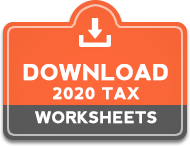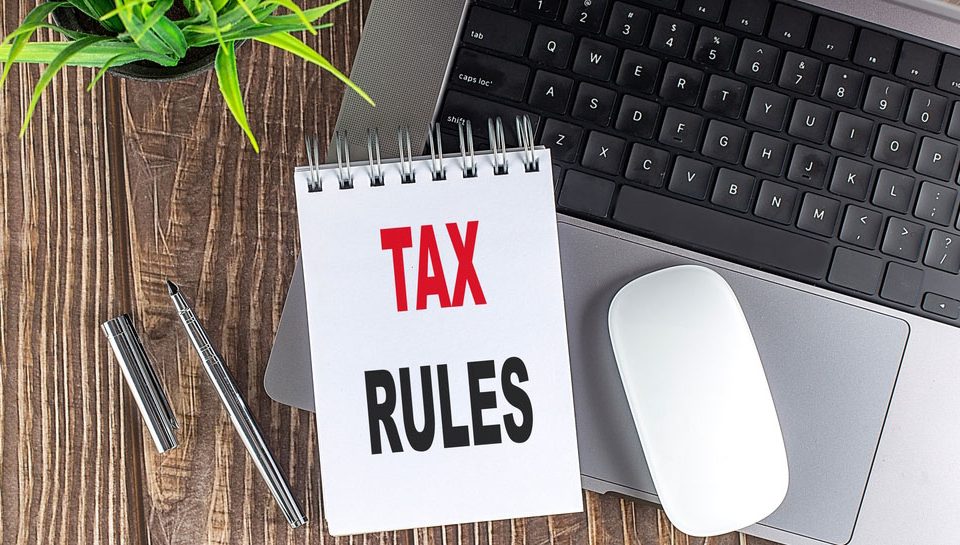
CRA clawing back $3.2B from suspect COVID-19 aid payments, but that’s just the start
January 19, 2023
Splitting income with family can save meaningful tax dollars
January 28, 2023From inflation to high interest rates and a possible recession, this year is off to a rough start for most Canadians, moneywise. But here’s a silver lining: The financial blahs may give you a little extra oomph to stick to your New Year’s resolutions in 2023.
Exorbitant prices make it easier to tame any lingering shopping impulses after the holidays. High borrowing costs add urgency to debt-busting goals. Economic uncertainty is a powerful motivator for finally attending to a dwindling rainy day fund. And the topsy-turvy financial market of 2022, in which both stocks and bonds took a beating, is a good reminder of why it pays to be a disciplined investor.
Here are six ways to harness the power of economic doom and gloom to shape up your finances:
Use a glass bowl to cut food waste
After living with high food inflation throughout 2022, you’ve probably already picked up a few strategies to trim your grocery bill. If you’ve already swapped fresh vegetables for the frozen kind and canned beans for the dried variety, personal finance expert Kerry Taylor suggests you shift your attention to what ends up into your compost bin every week.
Estimates of how much food waste costs the average Canadian household range from around $1,300 to nearly $1,800 a year. To cut down on what you throw away, consider placing unused ingredients and leftovers in a glass bowl in your refrigerator, Ms. Taylor said.
The idea is to rescue uneaten food from the forgotten corners of your fridge – where it will likely rot away – and bring it to the forefront, Ms. Taylor said. “If you see it, you can’t ignore it.”
Then, she recommends, pick a day of the week to use up what ended up in the bowl. Ms. Taylor’s approach is inspired by a Canadian study conducted by behavioural scientists with consumer goods giant Unilever. The research found that having a designated “use-up” day, along with an easy way to combine leftovers, helped households reduce waste by about a third.
The report provides a simple principle for turning your edible odds and ends into a meal: You’ll need a base, such as rice, pasta or bread; a fruit or vegetable; a protein, such as meat or eggs; and a sauce or spices to tie it all together.
That’s how Ms. Taylor works her way through her bowl of leftovers. Wraps, stews, soups and stir fries are her family’s go-to recipes for making the most of scraps.
Feed your emergency fund even if you have to pause your retirement contributions
If your green bin needs a diet, your emergency fund may need some bulking up.
For years, cheap borrowing made it easy for Canadians to rely on lines of credit to cover emergency expenses. But with interest rates now around 6 per cent on average for home equity lines of credit and 9 per cent for personal LOCs, that’s become a much more expensive proposition.
It’s time to revert to one of the basic tenets of personal finance, says financial planner Robb Engen. In an emergency, cash trumps credit. If your emergency fund is looking thin, now is the time to feed it a steady diet of cash contributions, he said. The classic rule for an adequate rainy day reserve is to set aside between three and six months’ worth of living expenses.
It’s okay if you have to slow down or pause transfers to your investment accounts while you work up to the prescribed emergency cash threshold, said Mr. Engen, author of personal finance blog Boomer and Echo.
Increasing your cash buffers could also serve to blunt the impact of any payment shocks that may be coming your way in 2023, such as a mortgage renewal at a higher interest rate, he added.
Buy refurbished tech
Financial emergencies usually come in two flavours: the ones where your income drops and the ones where you run into unexpected expenses. In the latter predicament, you may be able to save some money by buying refurbished items.
If you find yourself having to replace a laptop, TV, vacuum cleaner and essential other household gadgets, Ms. Taylor recommends checking options to buy deeply discounted restored tech.
Apple, Nintendo and Dyson are among the companies that sell their own refurbished products, which are usually carefully inspected and repackaged customer returns. Also, eBay Canada has a program for renewed consumer electronics and small household appliances. The company says its “certified refurbished” label guarantees like-new conditions and purchases come with a two-year warranty.
Attack your mortgage – but also play defence
If you’re a homeowner and your rainy day fund is already well-stocked, you may want to tackle your mortgage. Given the uncertainty of the current economic outlook, Mr. Engen suggests a strategy that allows you to simultaneously attack your biggest debt while at the same time leaving the door open to a quick retreat if financial emergencies arise.
Instead of making a large lump sum payment toward your mortgage, Mr. Engen proposes opting for accelerated payments, which can be stopped at any time. Both a one-off extra contribution to your mortgage and dialling up the frequency of your installment payments will cut interest costs and shorten your amortization. But Mr. Engen sees the first approach as riskier: Once you’ve sunk a larger amount of cash into a mortgage prepayment, “you can’t get that back right if something goes awry.”
Say yes to GICs – in moderation
Guaranteed investment certificates are one of the few places where higher interest rates have turned into a win for savers, with banks now offering returns of 5 per cent or more on these low-risk investments.
Putting some money into GICs at these attractive rates can be a good way for Canadians in or approaching retirement to generate steady returns to cover a few years’ worth of near-term living expenses, Mr. Engen said.
But GICs are no substitute for investing in a well-diversified portfolio of stocks and bonds, which has higher expected longer-term returns, he warned. And for younger Canadians, these supersafe investments have limited use, he added. They’re far from ideal for an emergency fund, since most require savers to lock in their cash for a period of time. Also, you generally can’t add contributions to an existing GIC.
Still, GICs can work well for a short-term goal for which you’ve already squirrelled away a significant amount of money, such as saving for a wedding that is still many months away.
Stop yo-yo investing
If you’ve been tempted to sell all your stocks and bonds during the roller-coaster market of 2022, it may be a sign that you need to re-evaluate your risk tolerance, Mr. Engen said.
Loading up on risky assets such as tech stocks and cryptocurrency when the market is on an upswing, only to flee to the safety of investments such as GICs during a downturn, is what Mr. Engen calls yo-yo investing. This typically leads investors to jump back into the market only after some of the large gains in a market rebound have already occurred, he added.
A better approach is to determine how much market volatility you can stomach, build a diversified portfolio that matches your tolerance for risk and stick with it, Mr. Engen said.
It’s a lesson Mr. Engen learned firsthand as a newbie investor nearly 14 years ago. At the start of 2009, on the heels of the financial market crash of 2008, he invested a workplace bonus in GICs instead of the stock market. Twelve months later, equities had achieved a 27-per-cent gain. Meanwhile, Mr. Engen’s money was locked into GICs that yielded an average annual return of less than 6 per cent over five years.
Follow Erica Alini on Twitter: @ealini
Post Credit: theglobeandmail.com







